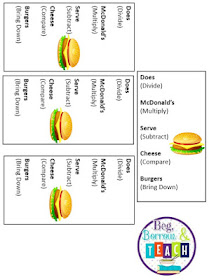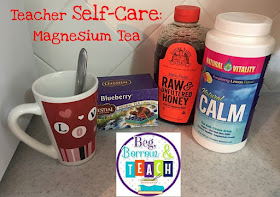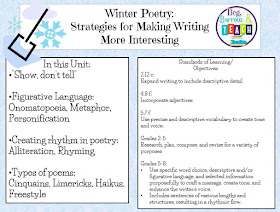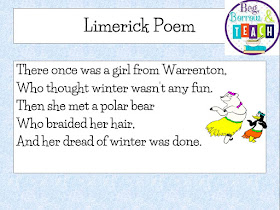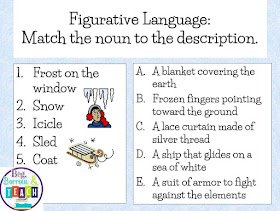This Color-by-Number worksheet is meant to be an introduction into the nucleotides and bases that make up the structure of DNA.
I use this as an introductory activity, with no prior teaching.
After it is colored, we talk about the matching patterns of the base pairs (A with T and C with G).
I also explain to them that these pairs can happen in an infinite number of sequences, such as:
A-T, C-G, A-T, C-G
OR
C-G, C-G, G-C, A-T
I further explain that any mismatched pairing of bases, A-C or G-T for example, would result in a mutation of the gene. This mutation could be inherited by the offspring of the organism.
Finally, we talk about how not all mutations are a bad thing because this is how evolution happens.
If you'd like to pick up a copy, click here.
How do you introduce the structure of DNA? I'd love to hear about it!




